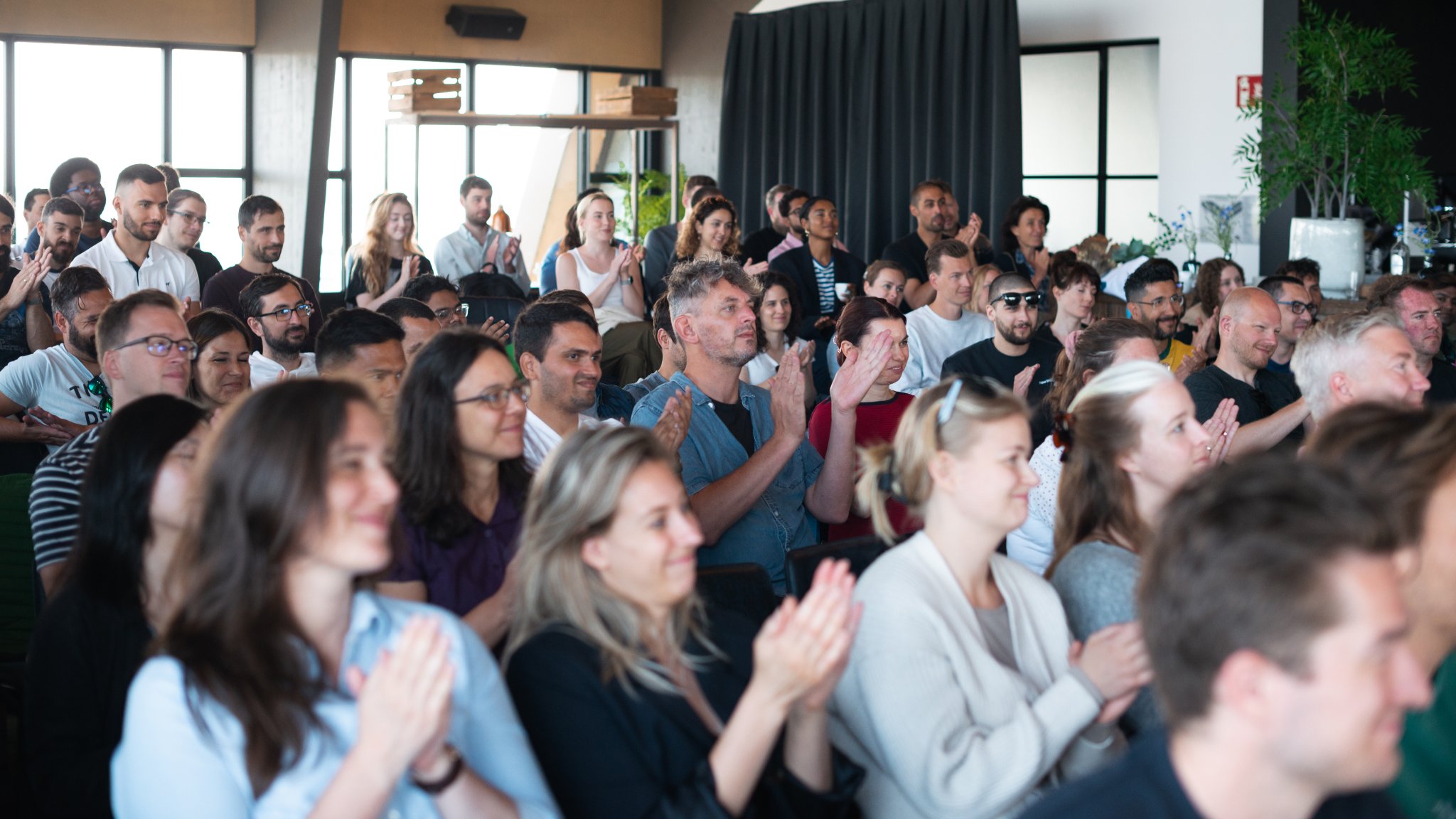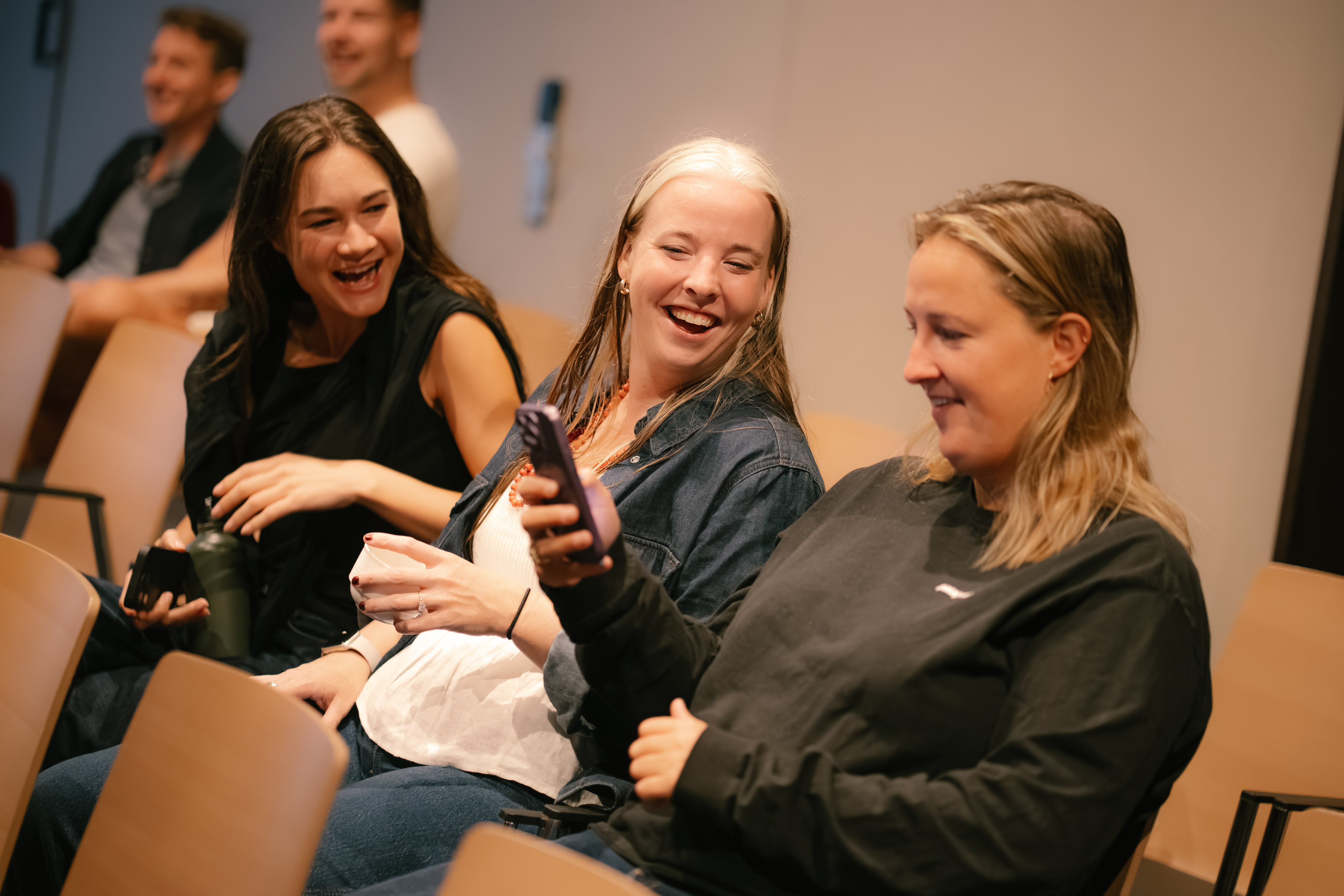At Nmbrs, before the Coronavirus crises, we were already doing the hiring process partially remotely. This made us consider how and why we do things the way we do in our recruitment practices.
Our entire candidate experience strategy is built on the fact that organisational culture is critical for keeping the company healthy and successful. We try to be very careful when defining our practices since, because we are a managerless company, we steer our company by culture.
Translating culture fit into a full remote hiring process can be challenging. The main flaw pointed out on digital recruitment is that supposedly without the physical interaction, a lot of information (expressions, behaviours, amongst others) between the company and the candidates can be lost in translation.
The way we found to go against that tendency is by ensuring our processes mirror the reality of our company.
We highlighted five different types of actions we found to be successful for ensuring our hiring process is prepared to focus on cultural fit, in a full remote setting.
Interviews
It’s common to hear we should use our values as the Northstar when talking about hiring for cultural fit. One of the ways to use them as a tool is within the interview with the candidate.
In our case, from what we consider it’s important in our company, we identified the main characteristics and soft skills our values are referring to. Then, from those, we identified which specific behaviours are associated with them. Something very important for us as a company is that we trust people to do the right thing. This means people who join Nmbrs need to be responsible. This is seen, for instance, when people can recognise they made a mistake, and don’t use external factors to justify all their actions. This can be illustrated in the interviews by asking for examples of mistakes the person made in the past. Based on their answers, you can understand if the person takes responsibility for their actions or not.
With this framework, we can build interview questions that assess what’s important for us as a company. Besides, we know what to look for in the candidates’ answers without feeling lost. This also allows us to be more natural and conversational-like during the interviews since you make them not around scripted questions, but more around goals “What am I looking for in the candidate?”
Time to Explain
Apart from the selection itself, we dedicate a lot of time explaining the company during interviews. When candidates come to the office, they can absorb a lot of implicit information like if their future colleagues are funny or formal/informal. However, remotely, we have to dedicate time to explain those details, so candidates can grasp what it looks like to work in our company. Usually, we have three interviews in our hiring process, each one with a different goal. For instance, in the first one, we explain overall aspects of the culture, job, and the company. In the second interview, we focus on the reality of the job and the team the candidate will join.
But more than explaining vague information, we tell a story about something going on in the company or an example of what we like or not at Nmbrs. For example, “Something I value at Nmbrs is that I can work in different projects that are not related to the nature of my function”). We try to give concrete situations that mirror our uniqueness and are relevant for the candidates to get an accurate perspective of who we are.
Assessments
As mentioned before, without physical interaction, a lot of implicit information goes missing. For example, when interacting face-to-face with someone there is more small talk that can be informative of how they interact or think about things. Because of this, every moment we have with the candidate needs to be on point. We have to know what we are assessing and, most importantly, we have to be accurate in what we assess.
The technical questions and tests need to be similar to the job reality. For instance, whiteboard tests don’t make sense for us because that doesn’t represent the reality of how we work at Nmbrs. We do a roleplay with candidates, instead, or we try to ask questions we would ask a colleague at work.
Apart from this since we don’t have physical interactions, and personal connections are important to us, all our calls with candidates - except for sourcing - are video calls.
Marketing and Communications
The best way to showcase our culture is by showing it. This sounds quite obvious, but in our case, it means all of our communications to candidates need to reflect who we are. Since meeting in person can be difficult, we have to be as transparent about ourselves as possible in our content.
Two great examples of this, in our case, are our videos, blogs and our general communication to candidates (both in written and spoken).
When making content, more than focusing on how great it is to work at Nmbrs (which is, of course, part of the equation), we focus on how it looks like to work at Nmbrs. Our videos and blogs focus on which projects we are embracing, which principles guide our decisions, or which practices are unique in us. We make an effort to share these materials during the hiring process as well.
The tone, the words, the smile on your face that appears when you read something from us is what we are inside the company. We want to be consistent. We also make this effort in all the communications to candidates during the hiring process so that it has the same level of empathy and respect we have inside Nmbrs.
Something very important for us as a company is that we trust people to do the right thing. This means people who join Nmbrs need to be responsible. This is seen, for instance, when people can recognise they made a mistake, and don’t use external factors to justify all their actions.
Collaborative Hiring
Hiring for culture means hiring together. You cannot just assess and showcase your company fit and culture by yourself. One person does not represent the different perspectives you can have towards the company.
Moreover, besides company culture, there are also team cultures. Each team, while working in the same company, adopt specific methods, beliefs, and behaviours. These are very relevant for the candidate to know, and it’s not the recruiter - as well as I can be prepared - who knows how to share and assess this in the best way.
At Nmbrs, we have different parts of the organisation meeting the candidate: HR, future team members, and senior colleagues connected to the company’s strategy.
Our employees are empowered to share their honest perspectives (the good and the bad) over Nmbrs in interviews. To not mix up culture fit with assumptions and bias, we have recruitment training for our Nmbrs interviewers.
When we decide to hire or not a candidate, we ask ourselves “Does this person have a cultural fit?”
In the end, you don’t push a team to hire for cultural fit. The core values and behaviours need to be embedded in your company culture and strategy, regardless of being done remotely or not.
Do these ideas make sense for the reality of your company? Would you like us to develop some of them in future articles? Let us know!









